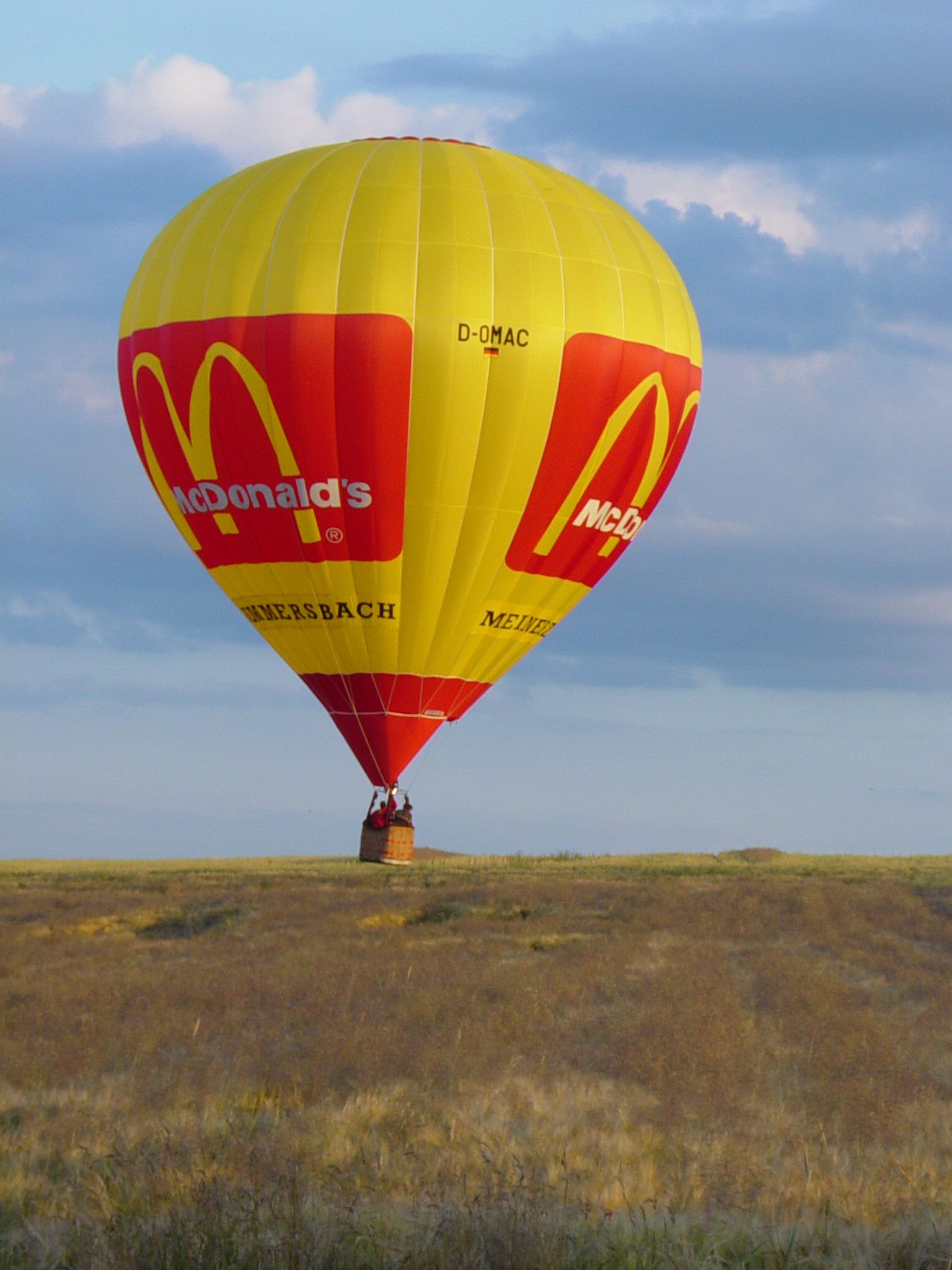Aerostatics on:
[Wikipedia]
[Google]
[Amazon]
 A subfield of
A subfield of
fluid statics
In physics, a fluid is a liquid, gas, or other material that may continuously move and deform (''flow'') under an applied shear stress, or external force. They have zero shear modulus, or, in simpler terms, are substances which cannot r ...
, aerostatics is the study of gases that are not in motion with respect to the coordinate system in which they are considered. The corresponding study of gases in motion is called aerodynamics
Aerodynamics () is the study of the motion of atmosphere of Earth, air, particularly when affected by a solid object, such as an airplane wing. It involves topics covered in the field of fluid dynamics and its subfield of gas dynamics, and is an ...
.
Aerostatics studies density allocation, especially in air. One of the applications of this is the barometric formula.
An aerostat
An aerostat (, via French) or lighter-than-air aircraft is an aircraft that relies on buoyancy to maintain flight. Aerostats include unpowered balloons (free-flying or tethered) and powered airships.
The relative density of an aerostat as a ...
is a lighter than air
A lifting gas or lighter-than-air gas is a gas that has a density lower than normal atmospheric gases and rises above them as a result, making it useful in lifting lighter-than-air aircraft. Only certain lighter-than-air gases are suitable as lift ...
craft, such as an airship
An airship, dirigible balloon or dirigible is a type of aerostat (lighter-than-air) aircraft that can navigate through the air flying powered aircraft, under its own power. Aerostats use buoyancy from a lifting gas that is less dense than the ...
or balloon
A balloon is a flexible membrane bag that can be inflated with a gas, such as helium, hydrogen, nitrous oxide, oxygen, or air. For special purposes, balloons can be filled with smoke, liquid water, granular media (e.g. sand, flour or rice), ...
, which uses the principles of aerostatics to float.
Basic laws
Treatment of the equations of gaseous behaviour at rest is generally taken, as in hydrostatics, to begin with a consideration of the general equations of momentum for fluid flow, which can be expressed as: , where is the mass density of the fluid, is the instantaneous velocity, is fluid pressure, are the external body forces acting on the fluid, and is the momentum transport coefficient. As the fluid's static nature mandates that , and that , the following set ofpartial differential equations
In mathematics, a partial differential equation (PDE) is an equation which involves a multivariable function and one or more of its partial derivatives.
The function is often thought of as an "unknown" that solves the equation, similar to how ...
representing the basic equations of aerostatics is found.
However, the presence of a non-constant density as is found in gaseous fluid systems (due to the compressibility of gases) requires the inclusion of the ideal gas law
The ideal gas law, also called the general gas equation, is the equation of state of a hypothetical ideal gas. It is a good approximation of the behavior of many gases under many conditions, although it has several limitations. It was first stat ...
:
,
where denotes the universal gas constant, and the temperature of the gas, in order to render the valid aerostatic partial differential equations:
,
which can be employed to compute the pressure distribution in gases whose thermodynamic states are given by the equation of state for ideal gases.
Fields of study
*Atmospheric pressure
Atmospheric pressure, also known as air pressure or barometric pressure (after the barometer), is the pressure within the atmosphere of Earth. The standard atmosphere (symbol: atm) is a unit of pressure defined as , which is equivalent to 1,013. ...
fluctuation
* Composition of mountain air
* Cross-section of the atmosphere
An atmosphere () is a layer of gases that envelop an astronomical object, held in place by the gravity of the object. A planet retains an atmosphere when the gravity is great and the temperature of the atmosphere is low. A stellar atmosph ...
* Gas density
Density (volumetric mass density or specific mass) is the ratio of a substance's mass to its volume. The symbol most often used for density is ''ρ'' (the lower case Greek letter rho), although the Latin letter ''D'' (or ''d'') can also be u ...
* Gas diffusion in soil
* Gas pressure
* Kinetic theory of gases
The kinetic theory of gases is a simple classical model of the thermodynamic behavior of gases. Its introduction allowed many principal concepts of thermodynamics to be established. It treats a gas as composed of numerous particles, too small ...
* Partial pressure
In a mixture of gases, each constituent gas has a partial pressure which is the notional pressure of that constituent gas as if it alone occupied the entire volume of the original mixture at the same temperature. The total pressure of an ideal g ...
s in gas mixtures
* Pressure measurement
See also
*Aeronautics
Aeronautics is the science or art involved with the study, design process, design, and manufacturing of air flight-capable machines, and the techniques of operating aircraft and rockets within the atmosphere.
While the term originally referred ...
References
Fluid mechanics Aerodynamics {{climate-stub